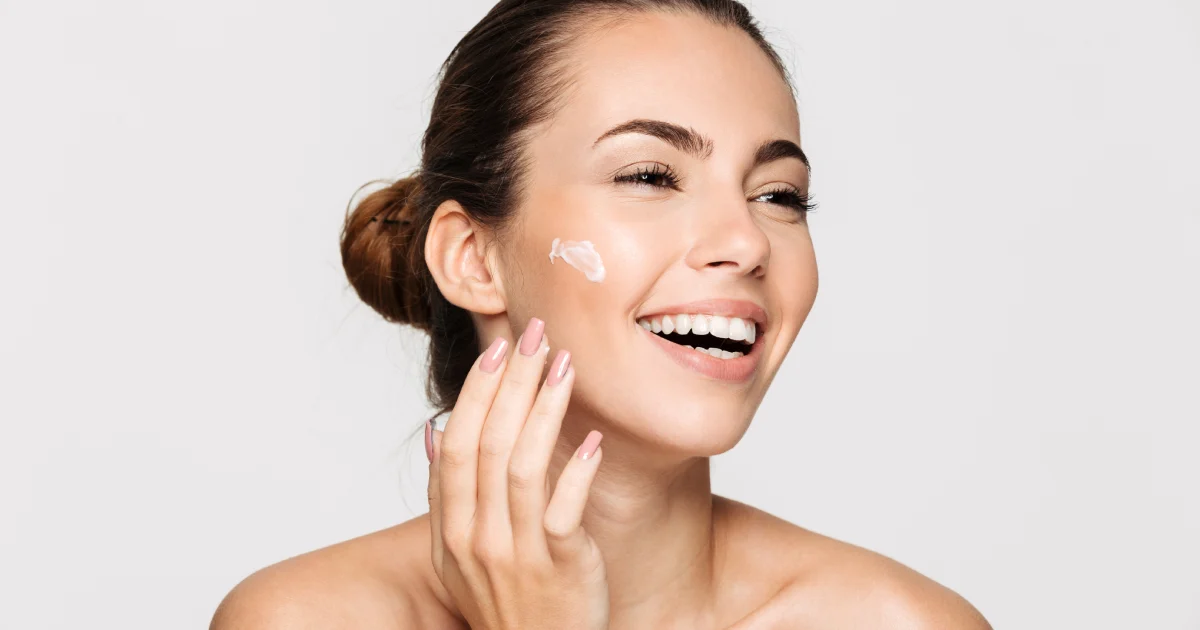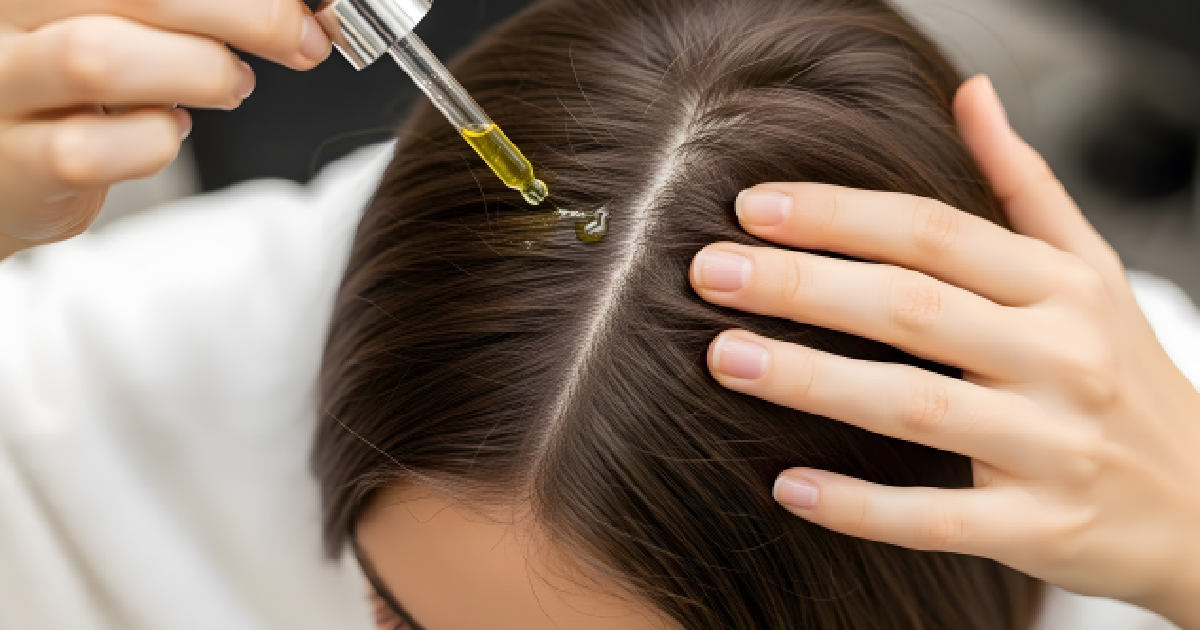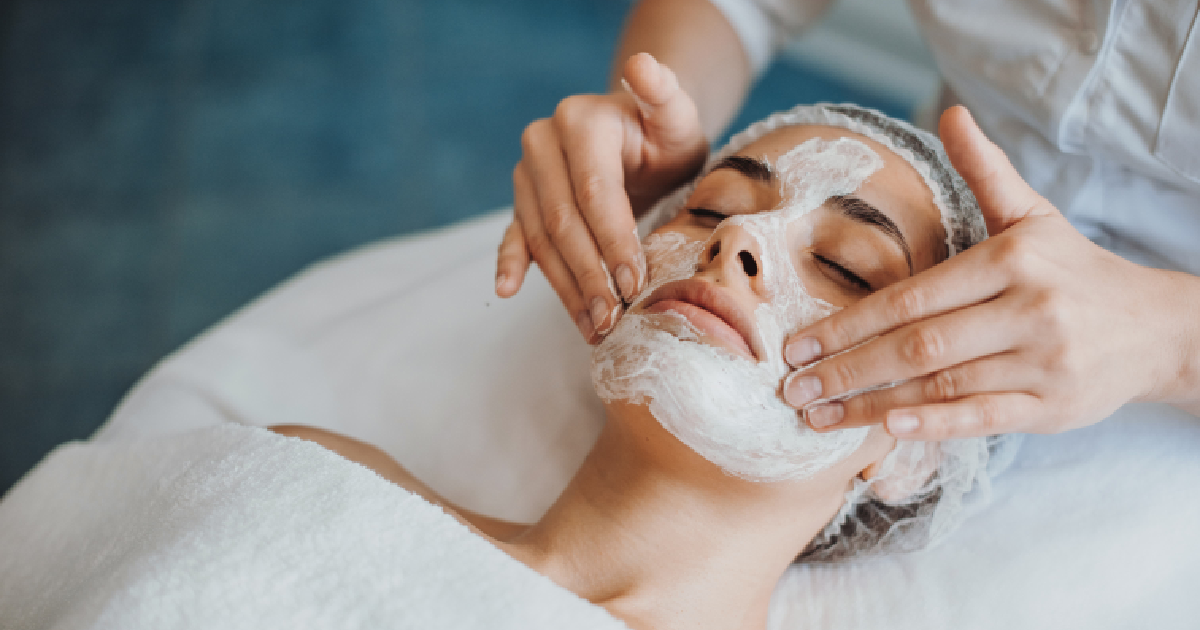Dermal Fillers
Dermal fillers are cosmetic products injected into the skin to restore volume, smooth out wrinkles, and enhance facial contours. They are made up of various substances used to address signs of aging or enhance specific features.
Here are some common types of dermal fillers and the substances they contain:
- Hyaluronic Acid (HA) Fillers: Hyaluronic acid is a naturally occurring substance that helps maintain skin hydration and volume. HA fillers are the most popular type of dermal fillers. They can smooth wrinkles and fine lines, add volume to the cheeks or lips, and improve facial contours. Examples include Juvederm, Restylane, and Belotero.
- Calcium Hydroxylapatite (CaHA) Fillers: CaHA is a mineral-like compound in our bones. It is mixed with a gel-like substance and used as a filler to stimulate collagen production and add volume to the skin. CaHA fillers are often used for deeper wrinkles and folds, such as nasolabial folds. Radiesse is an example of a CaHA filler.
- Polylactic Acid (PLLA) Fillers: PLLA is a biodegradable synthetic substance that stimulates collagen production over time. These fillers are used to treat deeper wrinkles, like smile lines, and to restore facial volume. Sculptra is a standard PLLA filler.
- Polymethylmethacrylate (PMMA) Fillers: PMMA is a synthetic material that is not biodegradable. It is mixed with collagen and used to provide long-lasting results. PMMA fillers are primarily used for deep wrinkles and acne scars or to enhance facial contours. Bellafill is an example of a PMMA filler.
- Autologous Fat Injections: This type of filler uses your fat, harvested through liposuction from one area of your body, which is then processed and injected into another room to add volume. Fat injections can provide long-lasting results but may require additional procedures.
Each filler type has unique properties, longevity, and suitable applications. The choice of filler depends on factors such as the area being treated, the desired results, and the individual’s specific needs and preferences.
Advantages
Dermal fillers promise several advantages when it comes to cosmetic enhancement and rejuvenation. Here are some of the critical benefits of dermal fillers:
- Non-surgical: Dermal fillers provide a non-surgical option for addressing signs of aging and enhancing facial features. Unlike surgical procedures, such as facelifts, dermal filler injections can be performed relatively quickly and typically do not require significant downtime or recovery.
- Temporary Effects and Reversibility: Most dermal fillers are temporary, offering flexibility. If you are unsatisfied with the results or your preferences change over time, hyaluronic acid fillers can be dissolved using an enzyme called hyaluronidase. This reversibility provides an added level of control and adaptability.
- Immediate Results: One of the significant advantages of dermal fillers is that they provide immediate results. You can see the effects of the treatment right after the injection, although there may be some initial swelling or redness that subsides within a few days.
- Restores Volume: As we age, our skin gradually loses volume and elasticity, leading to the formation of wrinkles, folds, and sagging. Dermal fillers can help restore lost volume by replenishing areas such as the cheeks, lips, temples, and under-eye hollows. They can also improve facial contours and provide a more youthful appearance.
- Smoothes Wrinkles and Fine Lines: Dermal fillers effectively reduce the appearance of wrinkles and fine lines. They can fill in deep lines, such as nasolabial folds (smile lines) and marionette lines, as well as plump up thin lips and smooth out vertical lip lines.
- Customizable and Natural-looking Results: Dermal fillers allow customized treatments based on your needs and desired outcomes. The amount and placement of the filler can be adjusted to achieve natural-looking results that enhance your facial features without appearing overdone or artificial.
- Minimal Downtime: Unlike surgical procedures, dermal filler injections usually involve minimal downtime. While some temporary side effects like swelling or bruising may occur, they typically resolve within a few days. Many individuals can resume their normal activities immediately after the treatment.
Suitable candidates for dermal fillers
Candidates for dermal fillers seek cosmetic enhancement or rejuvenation and have specific concerns that can be addressed with these treatments. While the suitability of dermal fillers can vary depending on individual circumstances, here are some general criteria that make someone a potential candidate:
- Age-related Concerns: Dermal fillers commonly address age-related concerns such as wrinkles, fine lines, and volume loss. Candidates may have facial lines and wrinkles, hollowed areas, or sagging skin that they wish to improve.
- Overall Health: Candidates should be in good general health and free from any conditions or medications that may interfere with the treatment. It’s essential to disclose your medical history and any ongoing health conditions to your healthcare professional during the consultation.
- Realistic Expectations: Candidates should have realistic expectations about the outcomes of dermal fillers. While fillers can provide noticeable improvements, they do not result in permanent or dramatic changes. Understanding the limitations and possible results of the treatment is crucial for a satisfactory experience.
- Specific Concerns: Dermal fillers can target various areas, including the cheeks, lips, nasolabial folds (smile lines), marionette lines, tear troughs, and jawline. Candidates may have specific concerns in these areas that they want to address or enhance.
- Non-Surgical Preference: Candidates who prefer non-surgical options for cosmetic enhancement may find dermal fillers suitable. Fillers provide an alternative to surgical procedures, such as facelifts or implants, and can achieve noticeable results without incisions or significant downtime.
- Dissatisfaction with Facial Appearance: Candidates who are unhappy with their facial appearance due to volume loss, wrinkles, or other age-related changes may benefit from dermal fillers. Fillers can help restore lost volume, smooth out lines, and improve facial contours, resulting in a more refreshed and youthful appearance.
Step-by-step guide on choosing the type of dermal fillers
Selecting the correct type of dermal filler involves considering various factors such as the treatment area, desired results, longevity, and individual preferences. Here is a step-by-step guide to help you navigate the process:
- Consultation with a Healthcare Professional: Consult a qualified healthcare professional specializing in cosmetic treatments. During this consultation, discuss your concerns, desired outcomes, and expectations. The provider will examine your skin, assess the treatment areas, and ask about your medical history.
- Evaluation of Treatment Areas: The healthcare professional will evaluate the areas you wish to address with dermal fillers. They will consider factors such as volume loss, wrinkles, and contours in those areas to determine the appropriate treatment approach.
- Discussion of Treatment Options: The healthcare professional will explain the types of dermal fillers available and discuss their characteristics, benefits, and potential risks. They will consider factors such as the type of filler, its longevity, and how it can address your specific concerns.
- Customized Treatment Plan: The healthcare professional will develop a personalized treatment plan based on your needs and preferences. This plan may involve using a single type of filler or a combination of fillers to achieve the desired results.
- Consideration of Filler Characteristics: The provider will explain the characteristics of each type of filler and how they align with your goals. Factors such as the filler’s consistency, texture, and placement will be discussed. For example, some fillers may be better suited for deep wrinkles, while others may be ideal for adding volume to the lips.
- Review of Longevity: The healthcare professional will explain the expected longevity of each filler type. Some fillers provide temporary results that last several months to a year, while others may have longer-lasting effects. Consider your preferences for maintenance and whether you are comfortable with repeat treatments.
- Discussion of Safety and Risks: The provider will discuss each filler type’s safety profile and potential risks. It’s essential to be aware of possible side effects, such as bruising, swelling, or allergic reactions, and to understand how to minimize these risks.
- Decision-making Process: After considering all the information the healthcare professional provides, take some time to reflect on your options. Consider your budget, desired results, and comfort level with the recommended filler types.
- Follow-up Questions: If you have any remaining questions or concerns, don’t hesitate to contact the healthcare professional for clarification. It’s crucial to clearly understand the treatment plan before proceeding.
- Treatment Appointment: Once you have chosen the type of dermal filler, you can schedule your treatment appointment with the healthcare professional. They will provide pre-treatment instructions, such as avoiding certain medications or substances that could increase the risk of complications.
Keep in mind that this guidance must come from a professional. Elevate Aesthetics offers dermal fillers that can be used on lips, cheeks, chin, jawline, temple, and smile lines. Contact them today and experience dermal fillers like no other!







